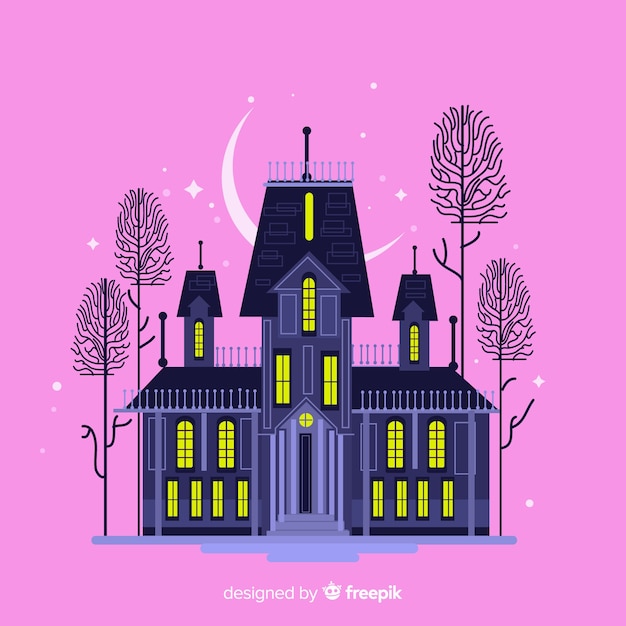
Schloss Friedenstein, perched above the town of Gotha in Thuringia, is a castle designed to impress. This region, known as the Cultural Heart of Germany, is filled with castles and palaces. I visited during the bicentenary of Queen Victoria and Prince Albert’s birth, with special exhibitions highlighting their connections to the English Royal family.
The palace, completed in 1683 by Duke Ernest the Pious, replaced the fortress Grimmenstein. Named Friedenstein, meaning “Rock of Peace,” it symbolized a new era of peace. Unlike previous war-focused castles, this residence was designed for peacetime, featuring interiors in the fashionable Baroque style.
Thuringia and Saxony are rich with castles, earning the nickname Cultural Heart of Germany. Historically, these regions were divided into self-governing states, each needing a palace like Friedenstein to display their power. Protestant German states, like those in Thuringia, often married into the English royal family due to religious compatibility. Duke Ernest the Pious and his wife Elizabeth Sophie, aiming to strengthen family ties, became known as “The Grandparents of Europe.”
Queen Victoria and Prince Albert’s marriage is one of the most notable connections. Albert, spending much of his early life at Schloss Friedenstein, was part of a web of family ties linking Saxe-Coburg and Gotha with the English Royal family. Other notable marriages include Princess Augusta of Saxe-Gotha to Frederick, the English Prince of Wales, and Prince Leopold’s marriage to Princess Charlotte of Wales.
The state apartments of Schloss Friedenstein were designed to impress, with ornate decorations, chandeliers, and portraits of the Dukes’ relatives. The ballroom, a prime example of Baroque style, was used for grand receptions and parties. If you visit in August, you can experience the Baroque Fest, with 18th-century costumes, local crafts, and musical events.
The Ekhof Theatre, completed in 1687, still uses original 17th-century scenery and stage machinery. It hosts the Ekhof Festival in July and August, featuring Baroque music and plays. The theatre also has a small exhibition space with costumes and other objects of interest.
One of the highlights of my visit was the connection between Friedenstein Palace and Queen Victoria and Prince Albert, evident in the many portraits and keepsakes. Prince Albert’s parents, Duke Ernest I of Saxe-Coburg-Saalfeld and Luise of Saxe-Gotha-Altenburg, had an advantageous marriage that combined their estates and titles. Despite the scandal and unhappiness in their marriage, their children, Ernest and Albert, carried on the legacy.
During his marriage to Queen Victoria, Prince Albert often longed for his homeland. Queen Victoria, understanding this, commissioned paintings of Friedenstein’s princely apartments. Many family portraits and keepsakes are still displayed at the palace.
The Ducal Museum, built by Prince Albert and his brother Ernest, displays their collections and treasures. The museum includes artworks, exotic objects, and a collection of fans, with special exhibitions like “Gotha and the English Throne.”
The palace gardens, influenced by English landscape style, feature lakes, specimen trees, and a Roman Temple. These gardens reflect the visits of Ernest II to English royal parks.
Schloss Friedenstein offers a glimpse into the rich history and connections between German and English royalty, making it a fascinating destination for history enthusiasts.